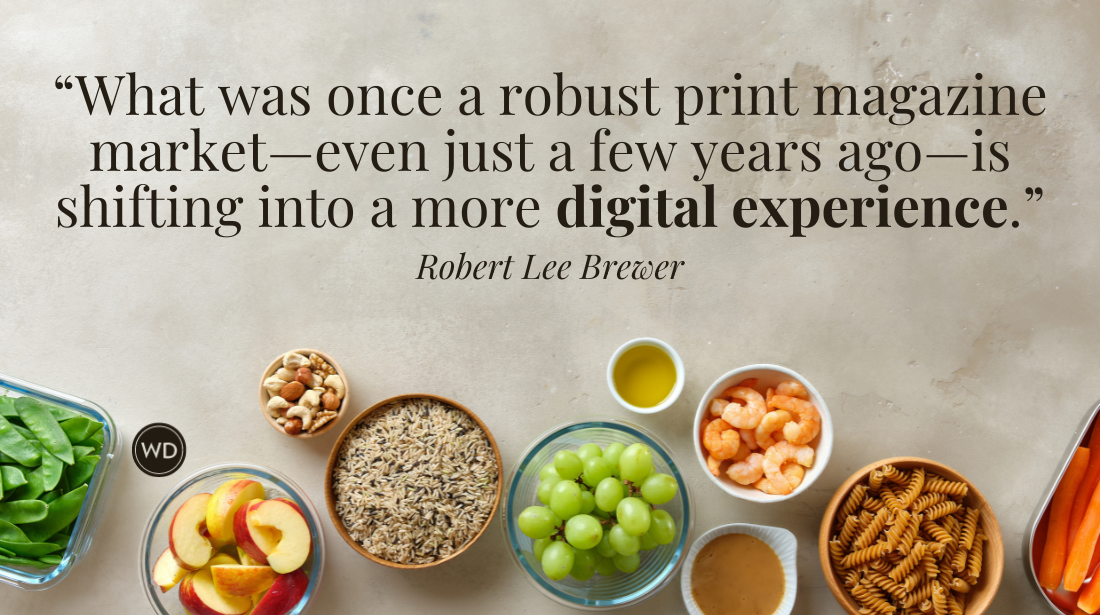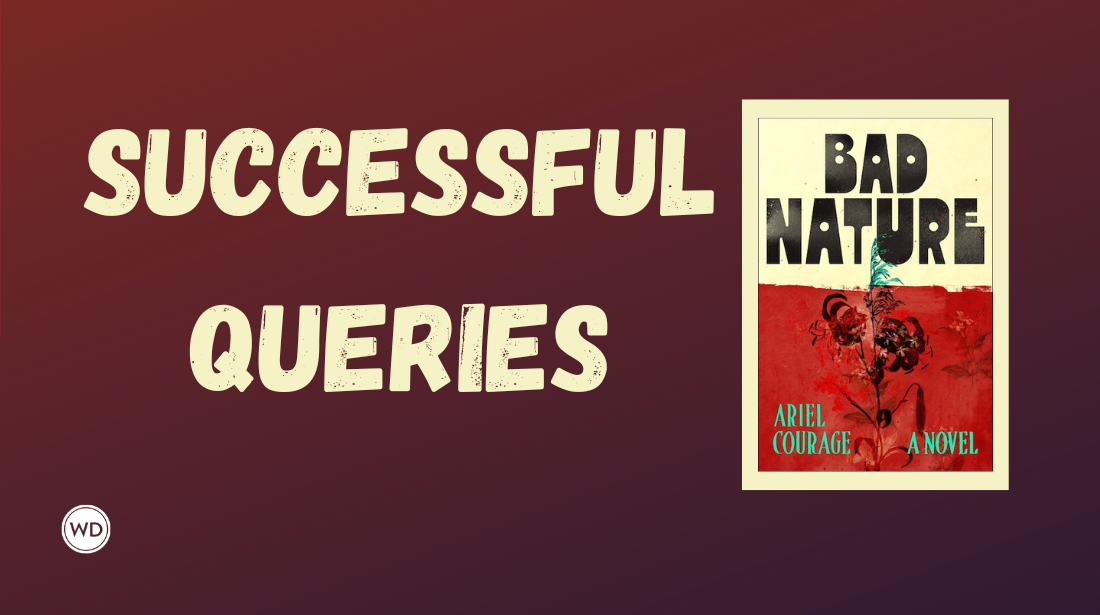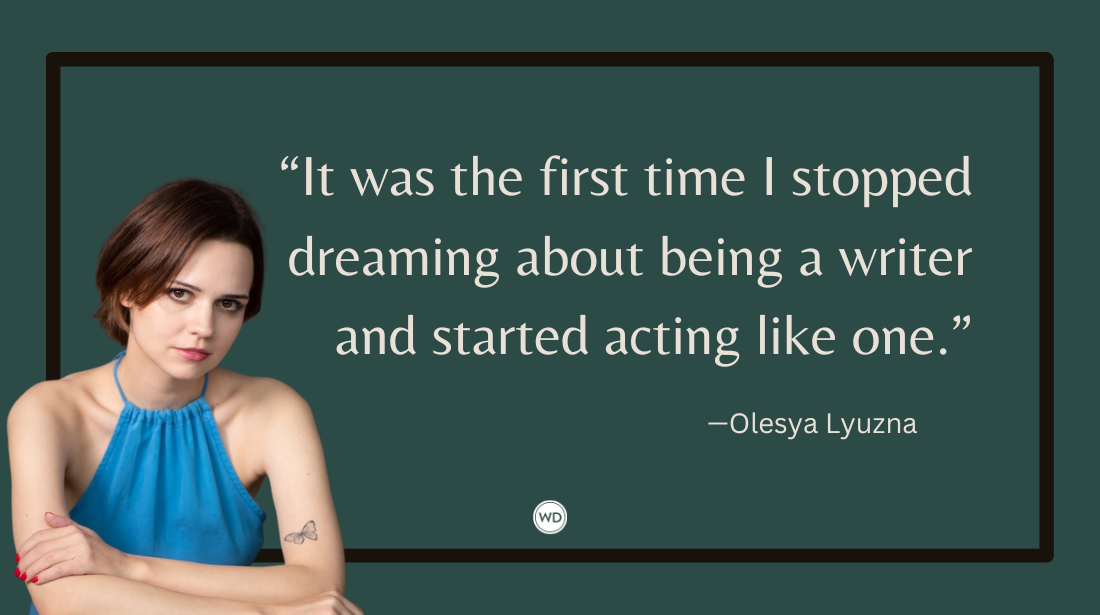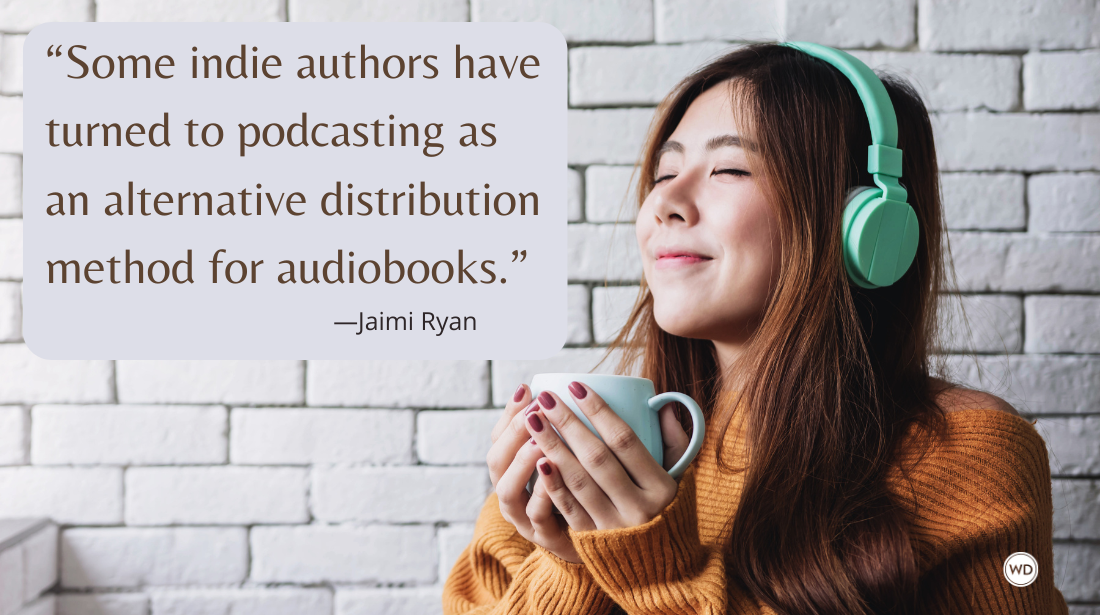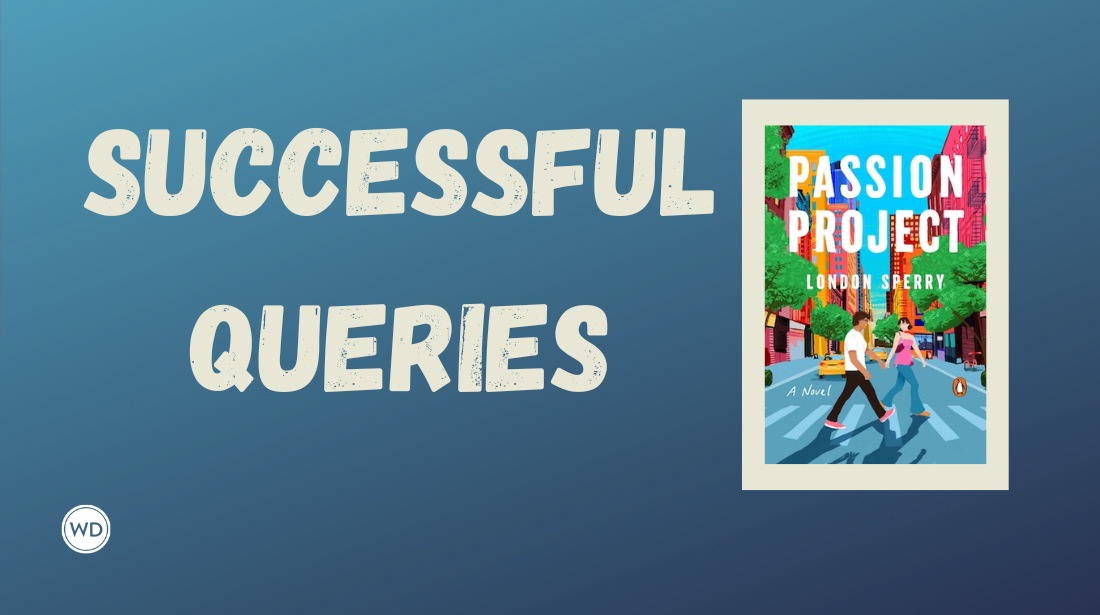How I Broke Into the Traditional Publishing World as an Indie Author
Learn the process indie author Amanda Aksel went through in getting her novel Delia Suits Up traditionally published, including questions she asked herself and weighing one strategy against the other.
For modern authors, the publishing industry can be overwhelming—fiction and nonfiction, genres galore, indie, traditional, and hybrid publishers, and an abundance of new titles releasing every week. After graduating college, I knew I wanted to write books, but I never intended to break into traditional publishing. So why did I trade complete autonomy for corporate collaboration?
My journey in publishing began nearly 10 years ago when I ghostwrote a nonfiction, hybrid published bestseller for my boss. With my foot in the door and a bootstrappin’ spirit, I ventured into my own career as an indie author. Why go indie? Well, selling my title for half the price of a traditionally published book with a greater royalty percentage seemed like a win-win. While my first two self-published novels were well-received by readers, I wanted to reach a much larger audience.
That’s when I wrote Delia Suits Up. Indie or not, the concept had breakout written all over it. My copyeditor, proofreaders, and cover designer were all scheduled and it was nearly finished as my 30th birthday arrived. At the milestone celebration, my friend, Carine McCandless, author of The Wild Truth, made an appearance and stayed for a glass of wine. I was on my second glass when I gushed about my upcoming book. Since she loved the concept, I offered to send it to her.
About a week later, she called and said, “Amanda, this book is clever, it’s funny, and I think it could be big, but it’s not ready yet. Don’t publish it. Let me work with you on it.” My response? “Uh . . . what?” This was not the call I was expecting since my beta readers had already gone crazy over it. I needed a new release pronto. No way I could wait. Then again, when your New York Times Bestseller buddy offers to help your book shine like a Rockstar, how can you say no?
After a long chat, Carine convinced me that the traditional publishing route would be perfect for this book, and I got excited about all the possibilities. Maybe TRAD could be for me. The only thing was I’d have to be patient—a virtue that escapes many, if not all, indie authors. Due to our hectic schedules, it was a slow process and she kicked my writer butt like a drill sergeant.
Check out Amanda Aksel's Delia Suits Up:
(Writer's Digest uses affiliate links.)
I used the time in between to write and publish three other books with another novel in the works. Frankly, I was burnt out by all the tight deadlines and pressure to produce like a machine in order to make any real headway in the self-publishing space. Finally after two years, Delia Suits Up sparkled and was ready to be a star!
Now it was time to bat my literary lashes and attract an agent. Turns out, the query process is a lot like online dating—you put your feelers out, but not too many at a time, fantasize about the really promising ones who seem like a match made in heaven only to receive that email that’s basically like—it’s not you, it’s me.
After a dozen of those, you begin to think umm . . . I’m pretty sure it’s me. I had to ask myself, is this really worth it? After all, my backlist sales were really picking up, and what would be so bad about releasing Delia Suits Up on my own with a big advertising budget? So I took a break from the query process to think it over, busying myself with the release of two more books.
Soon, the crucial moment arrived. It became clear that the formula for indie author success was to pump out at least five (sometimes 12) books a year, write trendy market tropes only, and babysit thousands of dollars’ worth of ads on a daily basis. These self-made authorpreneurs are nothing short of incredible, but I wasn’t sure I wanted to kill myself to be one anymore.
All I really wanted was to be a great storyteller with the freedom to take time to develop narratives and collaborate with a team of professionals who are the best at what they do. That’s when I heard the brakes screech. Hold up? Is traditional publishing the best path for me? Yes, it was. With Delia Suits Up in the can, I was ready to double down and find my literary agent.
By the grace of the publishing gods, I received an offer of representation from my dream agent, Suzie Townsend of New Leaf Literary and Media. She loved my book and, after another revision, put it on submission. The list of potential publishers made my heart stop. Still, she was careful to set my expectations appropriately. I was definitely developing patience. Fortunately this time, I didn’t have to wait too long.
Within a few months, I got the call from Berkley, a top publisher, and soon received an offer that had me dancing in my living room like Jennifer Beals in Flashdance. It wasn’t just getting a great book deal that had me over the moon. I felt confident that all the work and patience led me to connect with the right agent and publisher for me and my goals. Like a match made in heaven.
Though there are differences between traditional and indie publishing, I’m grateful for my indie experience because it’s serving me well in this new space. It’s been fantastic working with supportive agency and publisher teams, which allow me to focus on being a better storyteller. Because I’ve had the chance to get to know myself as a writer and authorpreneur, I have no doubt I’m on the right path.
The choice to go indie, traditional, or somewhere in between may seem like just a business decision, but it’s also a creative and personal one. There are so many considerations, but that’s another topic. I have no doubt there are traditional authors that produce like indies and indie authors who find success with a slow and steady publishing pace. As I mentioned, traditionally, indies are not a patient bunch. So if you’re one who’s ready to break into the traditional publishing world, settle in because it could take a while. But in my experience, it’s totally worth the wait.
*****
Are you ready to take the next step toward a final draft of your novel? This course is for you! Join Mark Spencer in an intensive 16-week coaching session focused entirely on your novel in progress. You'll work with Mark on your choice of up to 60,000 words of your novel or two drafts of up to 30,000 words each.
Amanda Aksel is a West Coast transplant whose curiosity about people led her to earn a bachelor's in psychology. Instead of pursuing a career as a couples counselor, she wrote about one in her first novel.



